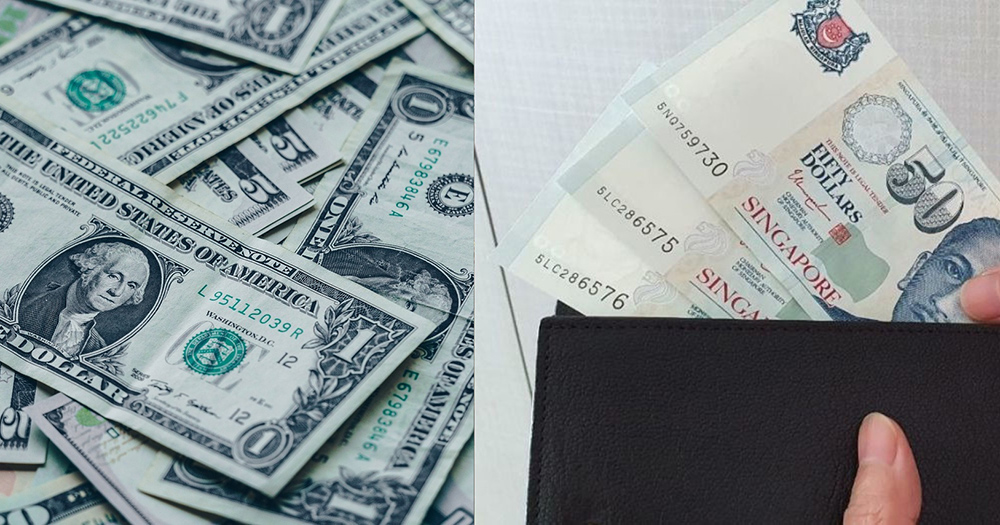The Singapore dollar has continued to strengthen against the U.S. dollar, reaching a level of S$1.30 to US$1 on Aug. 23.
Previously on Aug. 15, the Singapore dollar had reached a level of S$1.3152 to US$1.
The last time the Singapore dollar reached the level of S$1.30 to US$1 was in November 2014.
The weakening of the U.S. dollar followed an announcement by Federal Reserve chair Jerome Powell that the U.S. central bank would cut interest rates in September 2024, Reuters reported.
Powell was quoted as saying that the time has come "for policy to adjust", signalling a pivot from combating inflation to defending against job loss.
Other currencies in the region which strengthened against the U.S. dollar included the Thai baht and Malaysian ringgit, both of which reached their highest levels against the U.S. dollar since the start of 2024.
The U.S. Federal Reserve has been holding interest rates at 5.25 to 5.5 per cent to tackle inflation
Since March 2022, the U.S. Federal Reserve has been raising interest rates to tackle inflation.
Currently, the central bank has held the rates at 5.25 to 5.5 per cent since July 2023.
In a speech on Aug. 23, 2024, Powell said he was confident that inflation is on a "sustainable path" back to two per cent after rising to seven per cent during the Covid-19 pandemic, according to Reuters.
In addition, while slower hiring, rather than a rise in layoffs, has driven the U.S.' unemployment rate to 4.3 per cent, Powell added that the Federal Reserve would not approve of further erosion to the U.S. labour market.
"We do not seek or welcome further cooling in labour market conditions. We will do everything we can to support a strong labour market as we make further progress toward price stability," he was quoted as saying.
Estimates are for the interest rates to be reduced to a range of 3 to 3.25 per cent by the end of 2025, more than two points below where it is now.
Related story
Top images via Pixabay and by Mothership
If you like what you read, follow us on Facebook, Instagram, Twitter and Telegram to get the latest updates.



